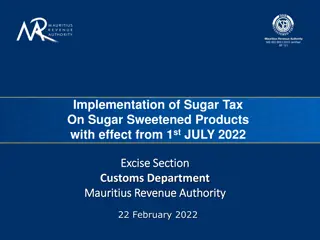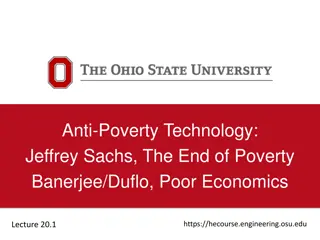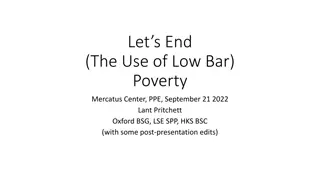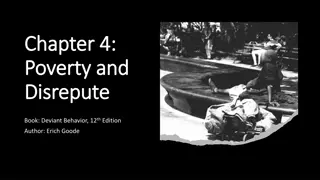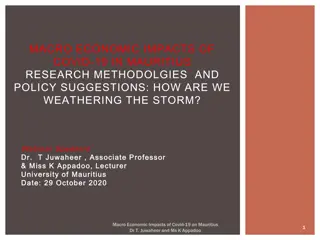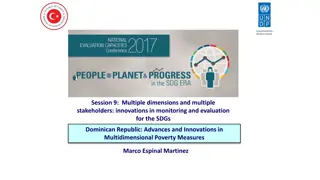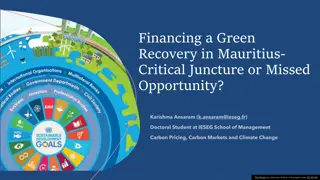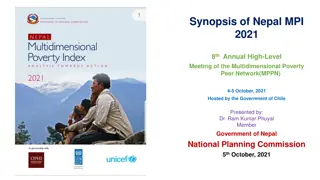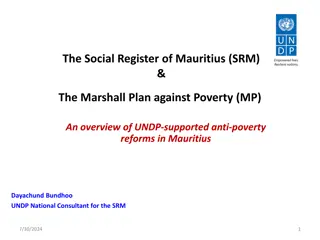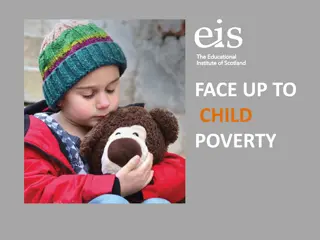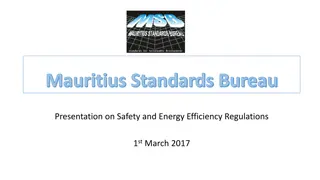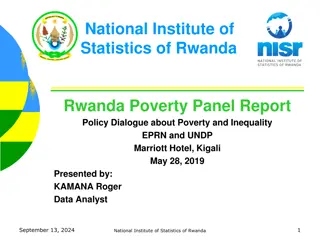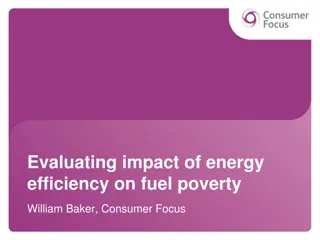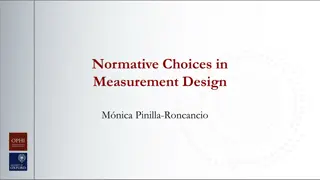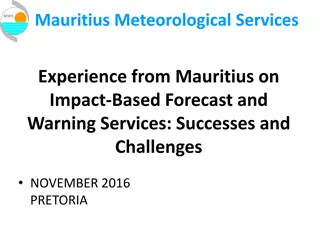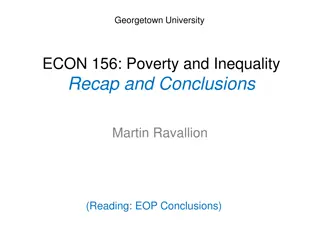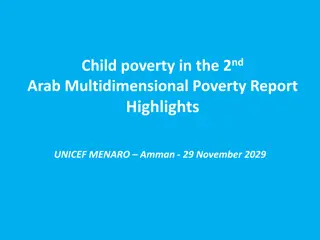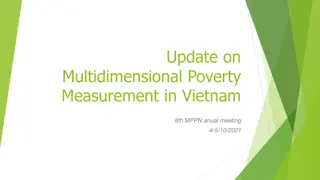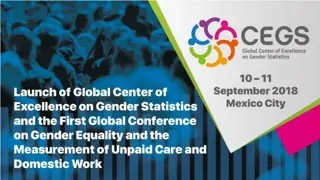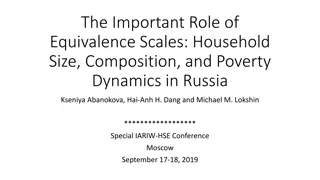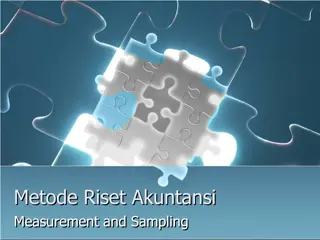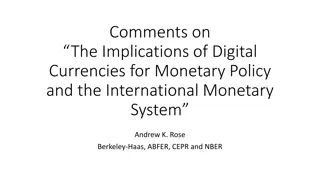Poverty Measurement in Mauritius: An Overview of Monetary and Non-Monetary Approaches
The measurement of poverty in Mauritius involves multidimensional assessments using both monetary and non-monetary approaches. The country's national priorities include poverty eradication, improving well-being, and ensuring inclusive growth. The monetary approach assesses poverty based on the Relative Poverty Line, while the non-monetary approach utilizes the Relative Development Index and Relative Deprivation Index to measure regions' achievements in housing, education, and employment. Data is disaggregated by the lowest geographical level for more accurate analysis, contributing to targeted poverty alleviation efforts.
Download Presentation

Please find below an Image/Link to download the presentation.
The content on the website is provided AS IS for your information and personal use only. It may not be sold, licensed, or shared on other websites without obtaining consent from the author. Download presentation by click this link. If you encounter any issues during the download, it is possible that the publisher has removed the file from their server.
E N D
Presentation Transcript
Poverty measurement in Mauritius Chandranee July 2019 1
National priority Among others includes Poverty eradication, Improving well being Ensuring inclusive growth More than 50% Government spending's devoted to social welfare state 2
Poverty measurement It is multidimensional No single definition No single measurement It is measured in both monetary and non- monetary terms 3
Monetary Approach Poverty is assessed based on Relative Poverty Line RPL half of median monthly household income per adult equivalent Relative poverty 9.4% in 2017 Available every five years 4
Monetary Approach Using the relative poverty measurement, the profile of poor is analysed Upon using the Small Area Estimation Technique the poverty rate is produced by region (based on both HBS and Census data) 5
Non-monetary Approach Relative Development Index (an adapted version of UN HDI) It measures relative achievement of regions in terms of: o Housing and living conditions o Education o Employment 6
Non-monetary Approach It is disaggregated by lowest geographical level It is available since 1990 (every ten years) based on Census data Disseminated in the forms of thematic maps and dashboard 7
Non-monetary Approach Relative Deprivation Index on an experimental basis (Not published) Based on Global MPI methodology Dimensions and Indicators are not same Dimensions are: o Housing and living conditions o Household characteristics o Education o Employment 9
Non-monetary Approach Level of disaggregation lowest geographical level Data source: Housing and Population Census Concern: It highly correlates with the RDI but not a perfect match Used for internal consumption for poverty alleviation programme 10
Quality of Life measurement Started in 2012 constructing a database using existing data Living Condition Survey (2018/2019) Quality of life (incl. subjective well being) Time Use Questions on FIES 11
Thank you 12


